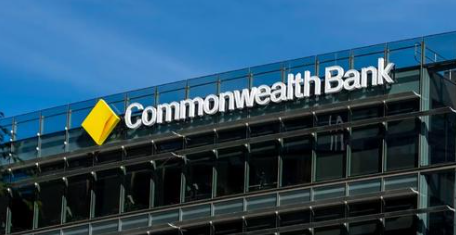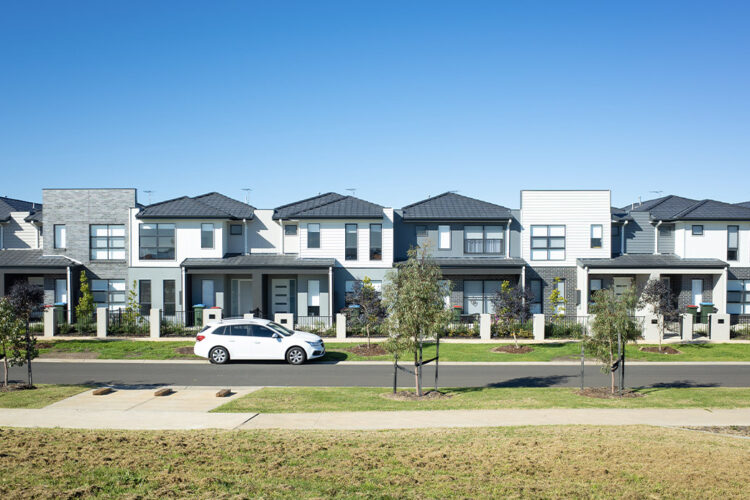Unit values lagged behind house values in May as shifting market dynamics and changing buyer preferences narrowed the performance gap between the two sectors.
CoreLogic’s latest report showed unit values underperformed for the first time since May 2022, lifting by just 0.9 per cent compared to houses, which saw a 1.2 per cent increase in the previous month.
Unit values increased by more than 1 per cent over the month in Perth (1.7 per cent), Sydney (1.1 per cent), and Brisbane (1.1 per cent).
Both Melbourne and Hobart saw units delivering milder gains of 0.9 per cent and 0.6 per cent, respectively.
In Adelaide, unit values slipped -0.2 per cent in May after reaching a new cyclical peak in April while Canberra and Darwin unit values fell -0.1 per cent and -2.0 per cent, respectively, due to relatively high supply levels.
Houses also experienced a favorable shift in quarterly trends, recording a 2.4 per cent increase over the three months leading to May. The figures surpass the 2.2 per cent rise observed for units during the same period.
And although units continued to record a milder decline at -4 per cent compared to a -7.6 per cent fall in houses, the annual performance gap between the two sectors has contracted to 3.6 percentage points, down from 3.9 percentage points in the previous month.
CoreLogic’s Monthly Australian Unit Market Update revealed a “similar bias” towards houses across five of the eight capitals, with only Perth and Hobart recording stronger monthly growth in unit values.
Meanwhile, results across Melbourne were consistent across both property types.
Kaytlin Ezzy, CoreLogic economist, said it’s unsurprising to see units take a backseat to houses as the recovery phase progressed further.
“Historically, unit values are less volatile compared to houses as their relative affordability making them less sensitive to market conditions,” she said.
While units still offer a significant “affordability advantage” over houses, the expert explained that the “milder declines” experienced during the downswing (-6.1 per cent for units compared to -9.9 per cent for houses) have resulted in the narrowing of that gap from approximately $205,000 in April 2022 to around $160,000 in February.
However, cautionary headwinds persist as Ms Ezzy warns that additional rate hikes have the potential to impede the ongoing recovery, noting June rate hike has reset expectations regarding the eventual level of interest rates.
“Although values are currently being propped up by low listing levels, further increases to the cost of debt could both reduce demand and increase the occurrence [of] distressed listings, which could push values back into negative territory,” she said.
Despite the monthly trend easing, capital city unit rents continued to deliver record growth rates in May.
For the second month in a row, the monthly trend in capital city unit rents exhibited a slowdown, with rents rising by 1.4 per cent in May.
This month-on-month growth rate was lower than the 1.6 per cent increase observed in April and the 1.9 per cent surge in March.
Across the capitals, Perth posted the stronger rise in unit rents, up 1.7 per cent in May. The Western Australian capital was closely followed by Melbourne and Sydney, with 1.6 per cent and 1.5 per cent monthly rises, respectively.
In contrast, both Canberra and Hobart saw unit rental values dip -0.4 per cent due to an uptick in supply.
The easing in rental growth in May notwithstanding, the combined capitals achieved a new peak growth rate in both quarterly and annual trends for unit rents. Over the May quarter, unit rents increased by 5 per cent, while over the year, they experienced a significant surge of 16.5 per cent.
Ms Ezzy noted a weakness in demand could have caused the slight easing in rental growth, citing the trend in rising vacancy rates from 0.8 per cent in March, 0.9 per cent in April, and 1 per cent in May, while rental stock levels are roughly -40 per cent below the levels typically expected this time of year.
“With capital city unit rents up $80 per week, or almost $4,200 per year, it’s likely some prospective tenants are coming up against their affordability ceiling,” she said.
In the absence of a supply response, the expert highlighted that renters may face limited options, leading some to consider expanding their household size by renting out spare rooms or home offices.
Additionally, others may choose to delay their plans of moving out from their current homes, according to Ms Ezzy.
“Despite the mild easing in growth and vacancy rates, the continued shortage in rental unit listings and strong demand from international students and workers returning to the city, will likely see capital city unit rents continue to increase at well above the monthly average seen over the past decade (0.2 per cent),” she stated.


